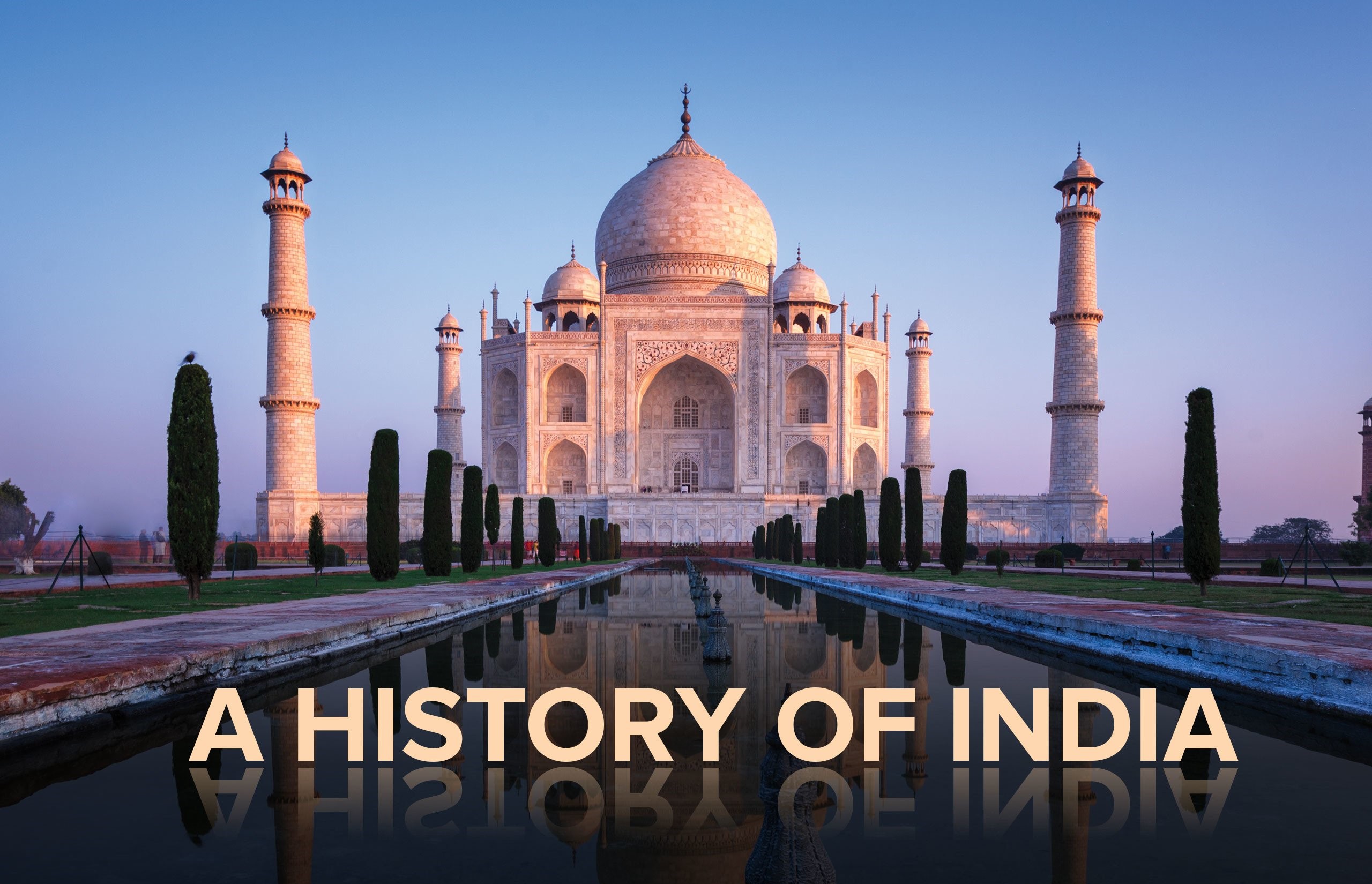Mahajanapada Period
(600 BC-325 BC)
Mahajanapada Period (600 BC-325 BC)
There are 16 Mahajanapada
| Sl. No. | Mahajanapadas (Modern Area) | Capital |
|---|---|---|
| 1. | Anga (districts of Munger and Bhagalpur in Bihar) | Champa/Champanagari |
| 2. | Magadha (districts of Patna, Gaya and Nalanda in Bihar) | Girivraj, Rajgriha / Rajgir (Bimbisara), Patliputra (Udayin), Vaishali(Shishunaga), Patliputra (Kalashok) |
| 3. | Vajji (districts of Muzaffarpur & Vaishali in Bihar) | Videha, Mithila, Vaishali |
| 4. | Mall a (districts of Deoria, Basti, Gorakhpur and Siddharthnagar in U.P.) | Kuishinara and Pawa |
| 5. | Kashi (district of Varanasi in U.P.), | Varanasi |
| 6. | Kosal(districts of Faizabad, Gonda/Bahraich in U.P.) | North Kosal-Sravasti / Sahet-Mahet South Kosal-Saket/Ayodhya |
| 7. | Vatsa (districts of Allahabad Mirzapur in U.P.) | Kausambi |
| 8. | Chedi (Bundelkhand area) | Shaktimati / Sotthivati |
| 9. | Kuru (Haryana and Delhi area) | Indraprastha (modern Delhi) |
| 10. | Panchala (Ruhelkhand, Western U.P.) | North Panchal-Ahichhatra, South Panchal-Kampilya |
| 11. | Shurasena (Brajmandal) | Mathura |
| 12. | Matsya (Alwar, Bharatpur and Jaipur in Rajasthan) | Viratnagar |
| 13. | Avanti (Malwa) | North Avanti – Ujjayini South Avanti Mahishmati |
| 14. | Ashmaka(between the rivers Narmada and Godavari) | Potana/Patali |
| 15. | Gandhara(western part of Pakistan and Afghanistan | Taxila (near Rawalpindi, Pakistan) and Pushkalavati |
| 16. | Kamboja (Hazara district of Pakistan) | Rajapur/Hataka |
» Buddhist literature (Anguttara Nikaya, Mahavastu) and Jain literature (Bhagavati Sutta) present a list of 16 Mahajanapadas (i.e., great states) with minor variation of names.
» There were two types of states — monarchical and non-monarchical / republican. Monarchial states-Anga, Magadha, Kashi, Kosala, Vatsa, Chedi, Shursena, Matsya, Avanti, Gandhara.
Republican States-Vajji, Malla, Kuru, Panchal, Kamboja, Shakya (Kapilvastu), Koliyas (Ramgrama), Moriya (Pipplivana).
Rise of Magadha
The political history of India from 6th century BC onwards is the history of struggle between four states—Magadha, Kosala, Vatsa and Avanti for supremacy.
» Ultimately the kingdom of Magadha emerged to be the most powerful one and succeeded in founding an empire.
Reason of Magadha's success
1. Magadha enjoyed an advantageous geographical position in the age of iron, because the richest iron deposits were situated not far away from Rajgir, the earliest capital of Magadha and could be used for making weapons and implements. Iron axes were perhaps useful in clearing the thick forests, and iron-tipped plaough-shares ploughed the land better and helped to increase grain production.
2. Magadha lay at the centre of the middle Gangetic plain. The alluvium, once cleared of the jungles, proved immense fertile and food surplus was thus available.
3. Magadha enjoyed a special advantage in military organization. Although the Indian states were well acquainted with the use of horses and chariots, it was Magadha which first used elephants on a large scale in its war against its neighbors.
